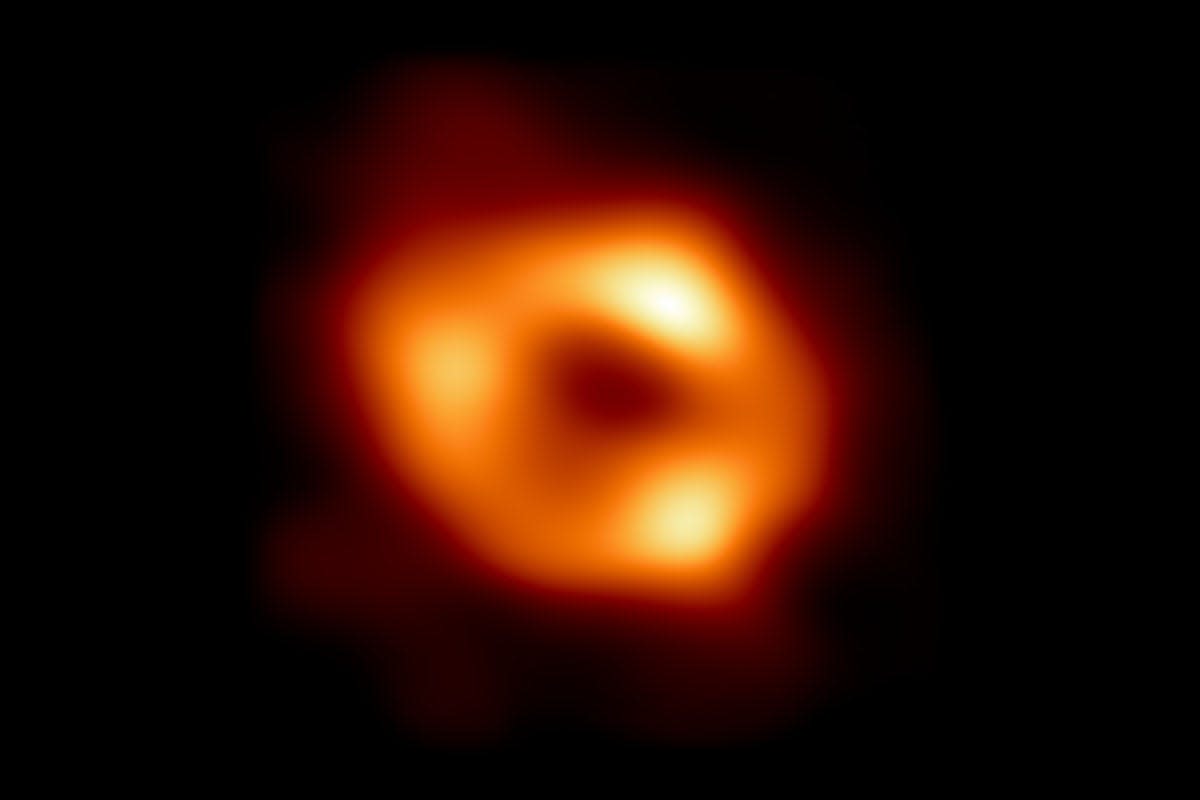Illinois scientists part of group behind first-ever image of Milky Way's black hole

The first image of a massive black hole at the center of the Milky Way galaxy was unveiled Thursday by an international group of researchers, including a team from the University of Illinois Urbana-Champaign.
The colorized image was produced by researchers involved in the Event Horizon Telescope collaboration which used observations from a worldwide network of radio telescopes, the University of Illinois News Bureau reported.
The new image provides the first direct visual evidence that an object — known as Sagittarius A star — is a black hole and is 4 million times larger than the sun.
The image also provides valuable clues about how black holes function.
"We were stunned by how well the ring size agreed with predictions from Einstein’s theory of general relativity," said Event Horizon Telescope scientist Geoffrey Bower, of Academia Sinica, Taipei. "These unprecedented observations have greatly improved our understanding of what happens at the very center of our galaxy and offers new insights on how these giant black holes interact with their surroundings."
More: Rockford professors on cutting edge with Parkinson's, paraplegia research
Because the black hole is about 27,000 light years away, it appears to observers on Earth to be about the same size as a doughnut on the moon.
To image the black hole, researchers created the Event Horizon Telescope, which links eight existing radio observatories around the world to form a single Earth-sized virtual telescope.
"My group and I have spent more than a decade developing key techniques into building models of Sagittarius A star," said University of Illinois physics and astronomy professor Charles Gammie. "The models do a terrific job of explaining nearly all the data. But we uncovered a mystery — Sagittarius A star is much quieter than we expected."
The ongoing expansion of the Event Horizon Telescope network and significant technological upgrades will allow scientists to share more images and videos of black holes, the University of Illinois News Bureau reported.
Ken DeCoster: kdecoster@rrstar.com; @DeCosterKen
This article originally appeared on Rockford Register Star: Illinois scientists part of group behind Milky Way black hole photo

